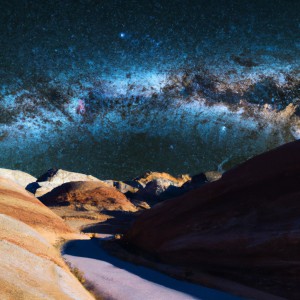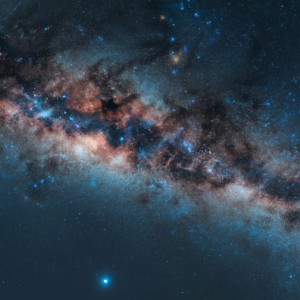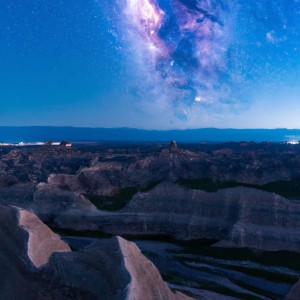Where Does the Mass of the Universe Come From?
The universe is a vast and beautiful expanse, full of galaxies, stars, and planets. But have you ever wondered where all of this mass comes from? After all, the laws of physics dictate that mass cannot be created or destroyed. So, where does the mass of the universe come from?

The answer to this question is both complex and fascinating. Let's explore the sources of mass in the universe.
Baryonic Matter
The most obvious source of mass in the universe is baryonic matter. This is the matter that makes up everything we see around us, including stars, planets, and galaxies. Baryonic matter is composed of subatomic particles called protons and neutrons, which are themselves composed of quarks.
Protons and neutrons have a mass of approximately 1 atomic mass unit (amu) each. However, the mass of the quarks that make up these particles is only a fraction of an amu. So, where does the rest of the mass come from?
The answer lies in the binding energy that holds protons and neutrons together in the nucleus of an atom. This binding energy is released when protons and neutrons combine to form a nucleus, and it accounts for the additional mass of the nucleus.
Dark Matter
While baryonic matter is the most obvious source of mass in the universe, it is not the only one. Scientists have known for decades that there must be more mass in the universe than can be accounted for by baryonic matter alone. This mysterious missing mass is known as dark matter.
Dark matter is so called because it does not emit, absorb, or reflect light, making it invisible to telescopes. However, its presence can be inferred from its gravitational effects on visible matter, such as stars and galaxies.
The nature of dark matter is still a mystery, but scientists believe that it is composed of exotic particles that interact only weakly with ordinary matter. These particles are thought to have a mass similar to that of a proton, and there may be as much as five times more dark matter in the universe than baryonic matter.
Dark Energy
In addition to dark matter, there is another mysterious substance that contributes to the mass of the universe: dark energy. Dark energy is a hypothetical form of energy that is thought to permeate the entire universe, causing it to expand at an accelerating rate.
The existence of dark energy was first proposed in the late 1990s, based on observations of supernovae that indicated the expansion of the universe was accelerating. Since then, numerous observational studies have confirmed the existence of dark energy, although its nature is still unknown.
Scientists believe that dark energy must make up around 70% of the total mass-energy of the universe, with dark matter accounting for around 25%, and baryonic matter making up just 5%.
Conclusion
In conclusion, the mass of the universe comes from a combination of baryonic matter, dark matter, and dark energy. Baryonic matter accounts for the matter that makes up everything we see around us, while dark matter and dark energy are mysterious substances that contribute significantly to the overall mass of the universe.
Although the sources of mass in the universe are complex and not fully understood, they highlight the beauty and mystery of our universe, and the ongoing quest to unravel its secrets.













评论